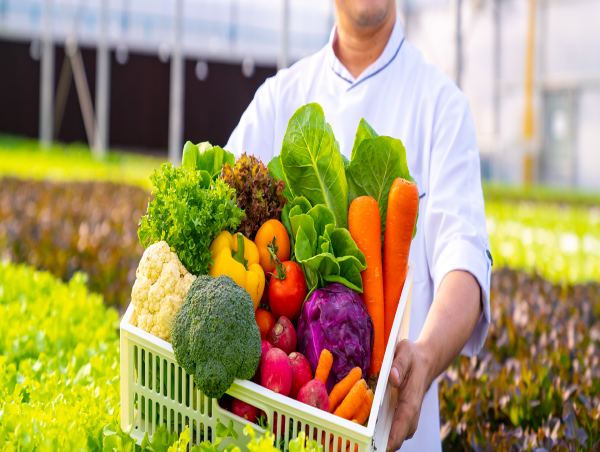"As someone who's been involved in aquaculture for years, I can confidently say that aquaponics is one of the most sustainable and efficient food production methods available," remarks Ken Rust, owner of Enterprise Aquatics. "The natural synergy between aquaponics and farm-to-table dining isn't just a coincidence; it's a well-calibrated match that offers numerous benefits."
A Harmonious Blend of Innovation and Tradition
Aquaponics is rooted in ancient agricultural practices, yet its modern adaptation employs state-of-the-art technologies. These advancements make it an optimal solution for farm-to-table restaurants striving to source fresh, local, and sustainable produce.
"In essence, aquaponics presents a closed-loop system where fish and plants coexist. The fish provide nutrients for the plants, and the plants purify the water for the fish," elucidates Rust. "It's a win-win situation where the ecological balance is maintained, yielding high-quality produce without the need for chemical fertilizers or pesticides."
Leveraging Sustainability to Enhance Culinary Excellence
Farm-to-table restaurants prioritize not just taste but also the ethical sourcing and environmental impact of their ingredients. Aquaponics naturally complements these core values. By minimizing water usage and virtually eliminating the need for synthetic chemicals, this method meets the growing demand for sustainable yet gourmet dining experiences. The average salad ingredients travel over 1,500 miles from production to a restaurant. Aquaponics as a segment really provides a sustainable option for nutritious, flavorful, locally-grown food.
"As a restaurant owner, imagine being able to tell your diners that the vegetables in their salad and the fish in their entree were raised in a symbiotic environment. That's a compelling story that enhances the dining experience, enriches the food's flavor profile, and minimizes ecological footprint," Rust says.
Economic Feasibility Meets Ecological Responsibility
One of the most compelling aspects of integrating aquaponics with farm-to-table dining is its economic viability. Traditional farming methods often involve high operational costs, including labor, water, and fertilizers. In contrast, aquaponics systems are designed for efficiency and can be scaled to meet the specific needs of a restaurant.
Rust explains, "The initial setup cost is offset by the low operating expenses and the high yield. You're essentially running two farms – an aquaculture and a hydroponic system – but with significantly fewer resources. It's not just an ecological choice but also an economically sound investment."
The Future of Dining and Agriculture
As society continues to navigate the complexities of food security, environmental sustainability, and quality of life, aquaponics and farm-to-table dining present a blueprint for a more harmonious future.
"In many ways, the confluence of aquaponics and farm-to-table isn't just a trend; it's the future of responsible dining and agriculture," concludes Rust. "The possibilities are boundless, and we're just scratching the surface."
Morgan Thomas
Rhino Digital, LLC
+1 504-875-5036
email us here
Visit us on social media:
Facebook



